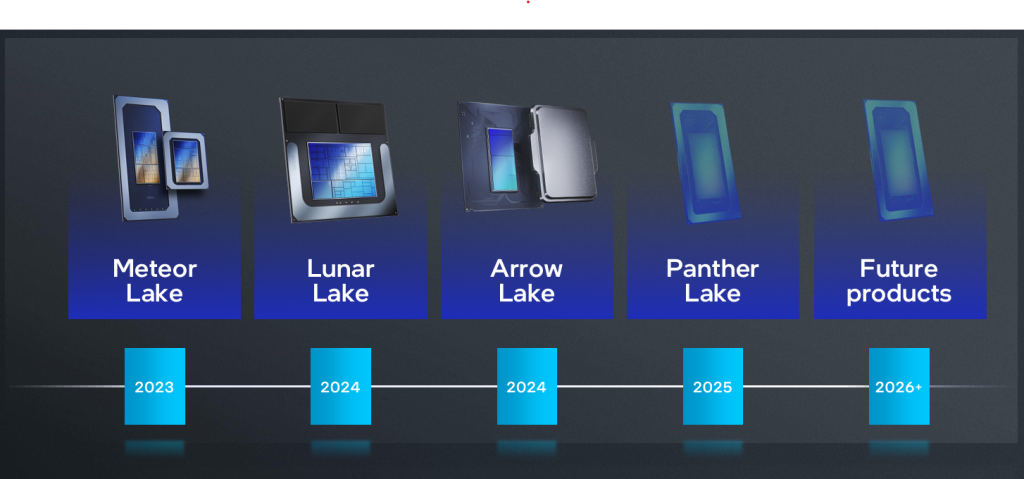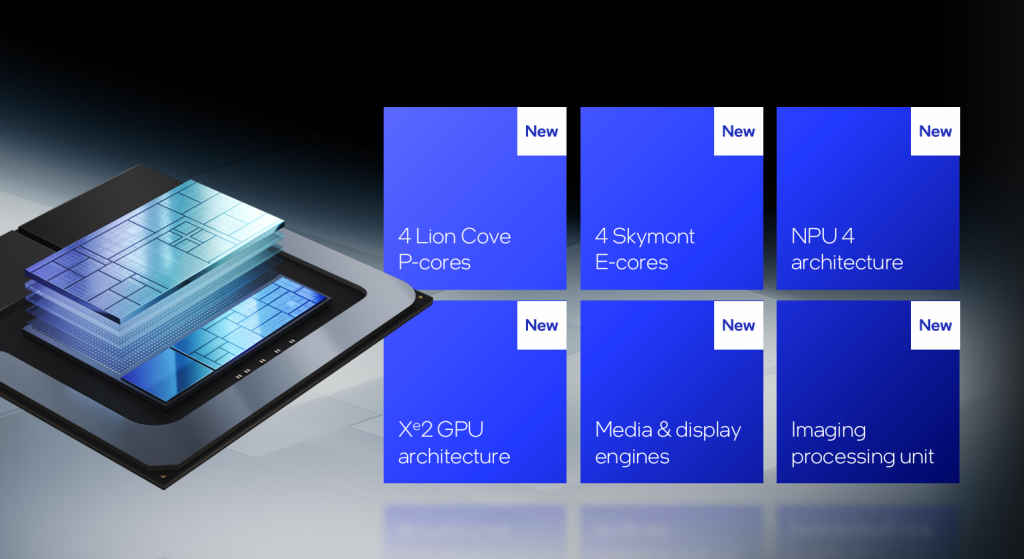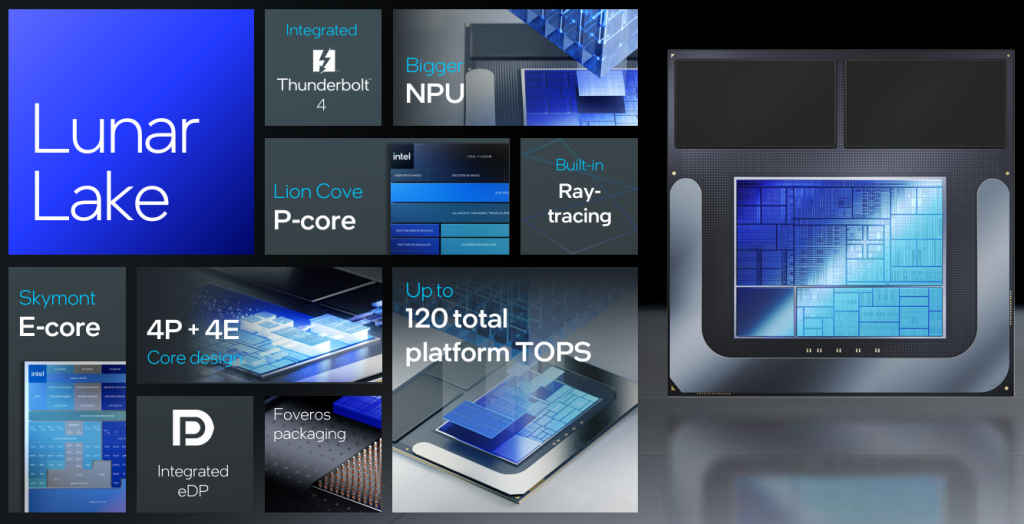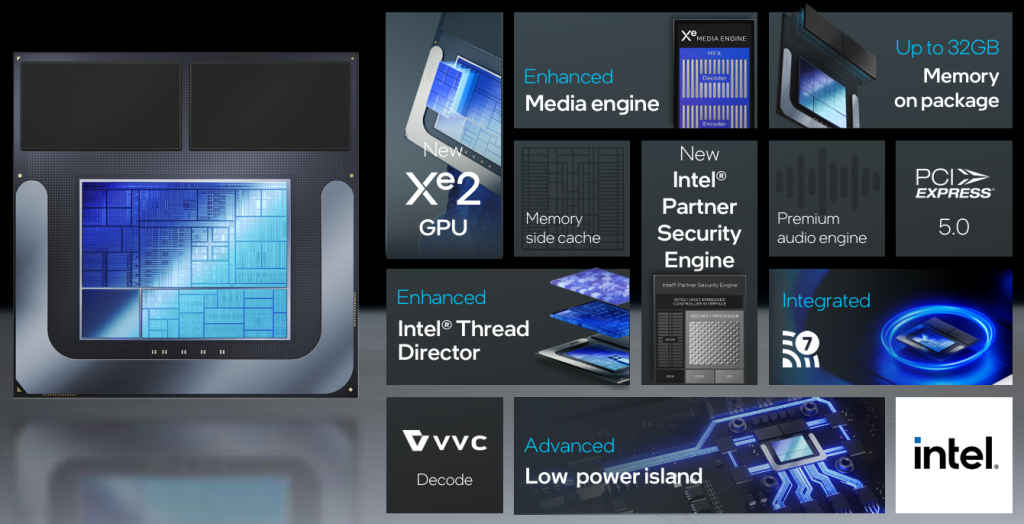Intel Lunar Lake chip aims to power new age of AI PCs at scale: Here’s how

Lunar Lake boasts 80% more gaming performance and more than five times the AI throughput than older generations.
NPU 4 can achieve up to 48 TOPS of AI performance.
Lunar Lake claims to have 60% better battery life than previous generation chips.
At the Intel Technology Tour in Taiwan, the air buzzed with anticipation as Yaron Alankry, vice president of Client Computing Group, and Arik Gihon, senior principal engineer of SoC Architecture, unveiled the architecture behind Lunar Lake processors. With promises of unparalleled performance and power efficiency, Lunar Lake is set to redefine the landscape of next-generation client products for Intel-powered devices later this year.
Intel’s Lunar Lake architecture is designed to deliver breakthrough x86 power efficiency, a massive leap in graphics capabilities for an exceptional mobile gaming experience, never-before-seen AI compute on Intel devices, and exceptional hybrid core performance. According to the chip manufacturer, Lunar Lake isn’t just an annual refresh to last year’s Meteor Lake, but an ambitious project underscoring Intel’s commitment to pushing the boundaries of what’s possible in chip design and performance.

Lunar Lake Overview
The heart of Lunar Lake’s innovation lies in its microarchitecture, which consists of two unique tiles connected through Intel’s industry-leading Foveros packaging technology, along with memory on package. The Compute Tile houses the latest-generation Efficient-cores (E-cores) and Performance-cores (P-cores), both introducing new microarchitecture enhancements for unprecedented x86 efficiency. It also includes the new Xe2 GPU, NPU 4, and IPU.
Compute Tile
- Xe2 GPU: Boasting over 80% more gaming performance and more than five times the AI throughput compared to the previous generation, the Xe2 GPU delivers up to 67 tera-operations per second (TOPS). Its new microarchitecture for display and media engines ensures a significantly improved visual experience compared to the older-gen Xe GPU.
- NPU 4: Offering three times more TOPS over its predecessor, the NPU 4 accelerates AI computations with impressively low power, reaching up to 48 TOPS.
- IPU: Enhances camera experiences while reducing power consumption.
Platform Controller Tile (PCT)
The PCT integrates security and connectivity, featuring upgraded components like Wi-Fi 7.0, Bluetooth 5.4, PCIe Gen5, PCIe Gen4, and Thunderbolt 4 ports. This integration ensures a robust security foundation and enhanced connectivity.

Memory on Package
This innovation enables fast data access and reduces latency, decreasing overall system power consumption, which is crucial for maintaining efficiency in high-performance applications.
Breakthrough Efficiency and Battery Life
According to Intel, Lunar Lake sets a new standard in SoC efficiency, with a power delivery integrated controller, enhanced Thread Director, memory-side cache, and improved E-core cluster contributing to up to 60% better battery life in real-life usage scenarios. These advancements ensure that Lunar Lake-based laptops can last longer on a single charge, making them ideal for both work and play.
AI Industry Inflection Point
According to Michelle Johnston Holthaus, Executive Vice President and General Manager of Intel’s Client Computing Group, the AI industry is at a massive inflection point. Holthaus believes that Lunar Lake, building on the foundation laid by Meteor Lake, will conceptually transform AI PCs and their capabilities for end-user devices.

Intel claims Lunar Lake achieves a hybrid 8-core design that offers breakthrough performance-per-watt, consuming up to 40% less power overall. The Xe2 GPU delivers powerful graphic capabilities, including real-time ray tracing and AI upscaling, with 50% more graphics performance than its predecessor. The six NPUs on Lunar Lake (compared to just two on Meteor Lake) provide unprecedented AI compute throughput, enabling dense vector and matrix math at record-low power levels. Overall, Lunar Lake’s power efficiency is nearly twice as good as previous Intel chip generations, thanks to a new PMIC power delivery system and enhanced Intel Thread Director.
Market Impact
Intel’s Lunar Lake is set to power more than 80 AI PC designs, including laptops, mini PCs, and desktop PCs, from 20 original equipment manufacturers (OEMs). These new devices are expected to ship in the third quarter of 2024, just in time for the holiday buying season. Intel aims to deploy over 40 million Core Ultra processors this year, reinforcing its commitment to bringing AI PCs to the masses swiftly and effectively.

With Lunar Lake, Intel is not just keeping pace with the rapid advancements in AI but is actively shaping the future of AI-powered computing. The architectural innovations and performance enhancements promise to deliver a new era of computing where efficiency meets extraordinary capability, heralding a future where AI is seamlessly integrated into our everyday devices.
Jayesh Shinde
Executive Editor at Digit. Technology journalist since Jan 2008, with stints at Indiatimes.com and PCWorld.in. Enthusiastic dad, reluctant traveler, weekend gamer, LOTR nerd, pseudo bon vivant. View Full Profile




